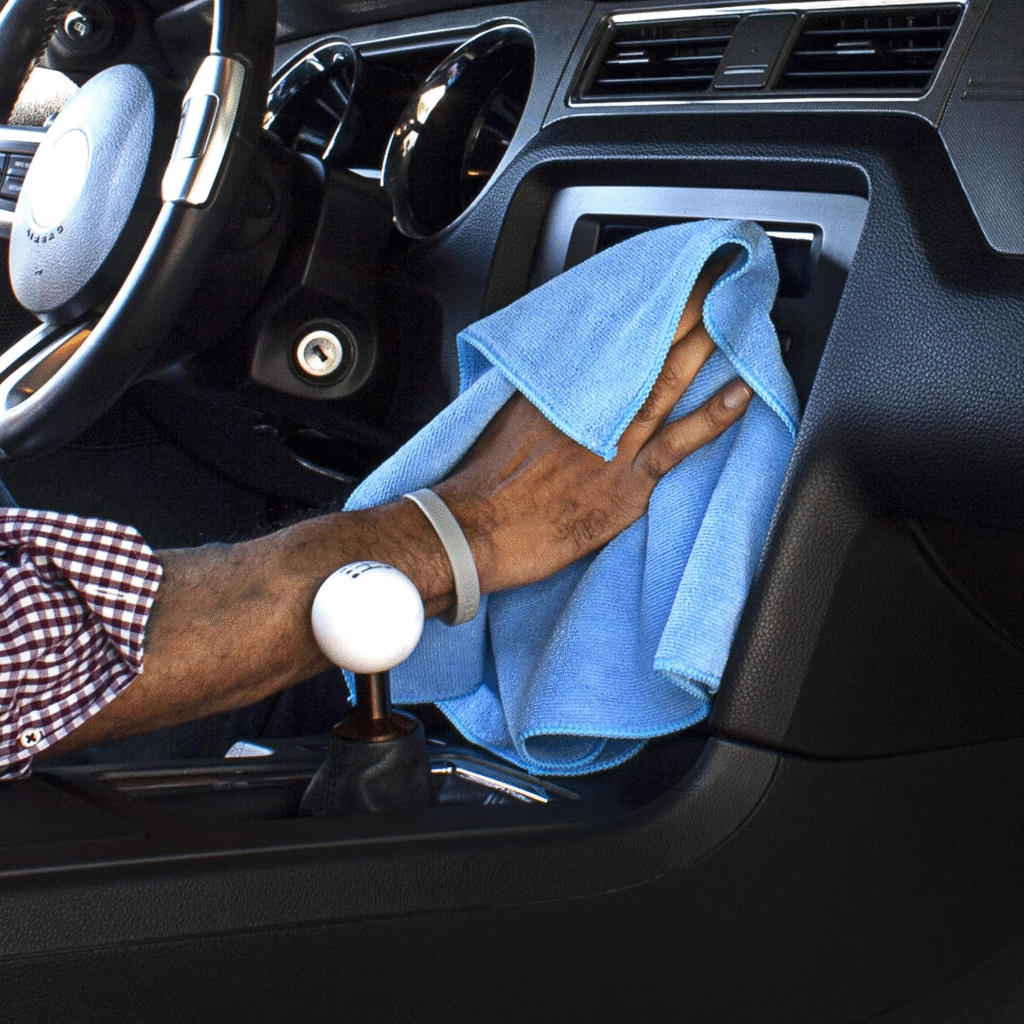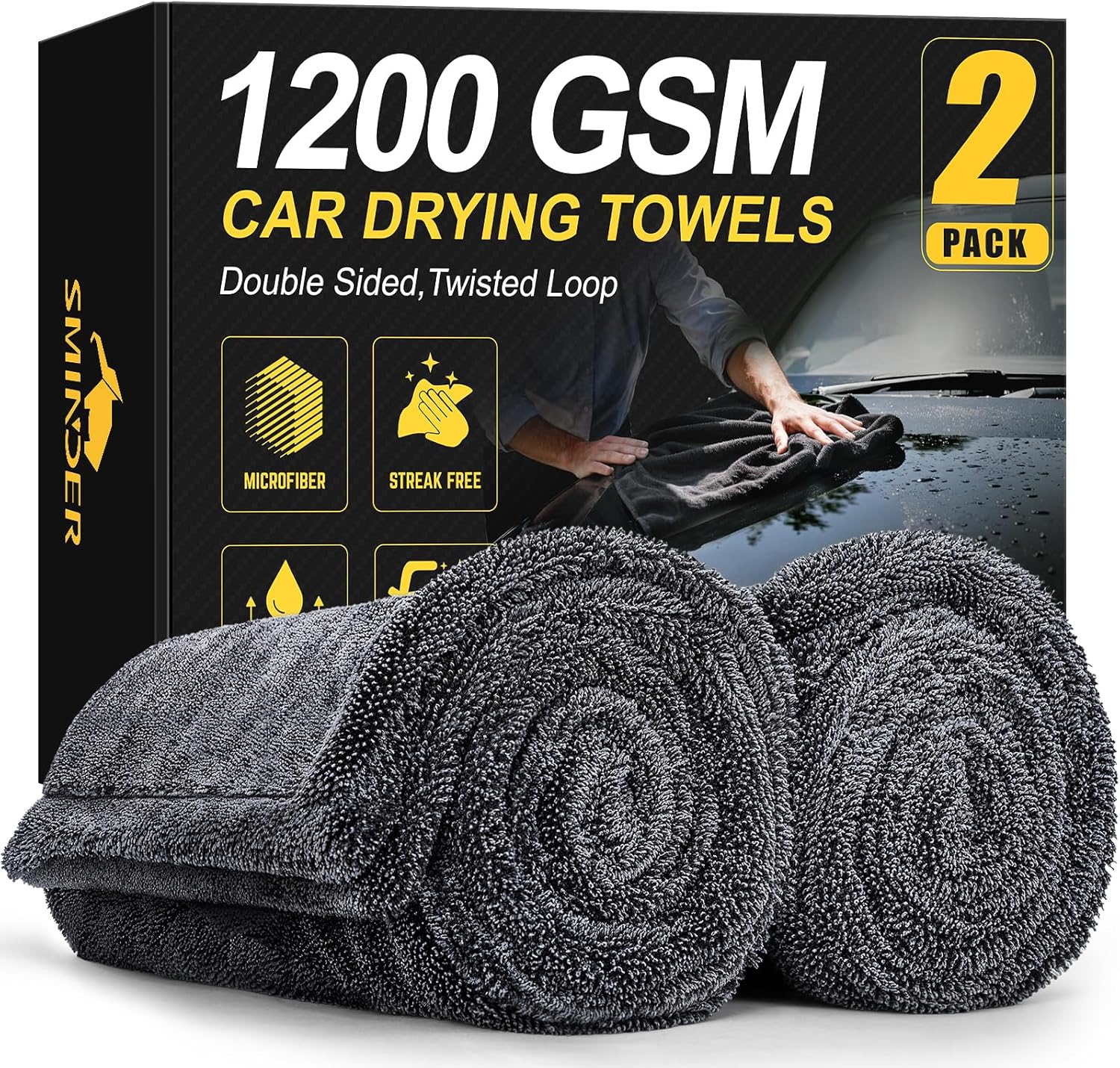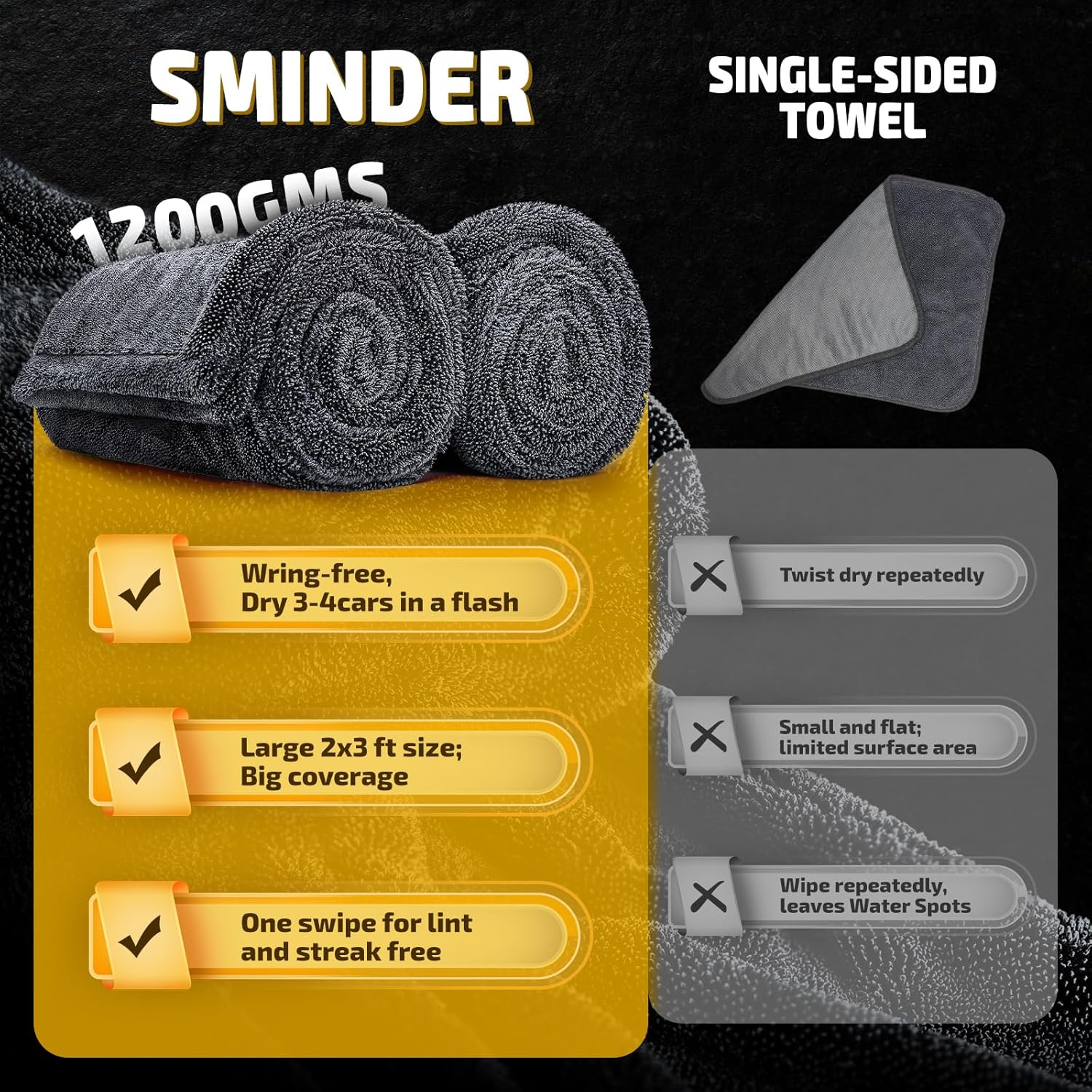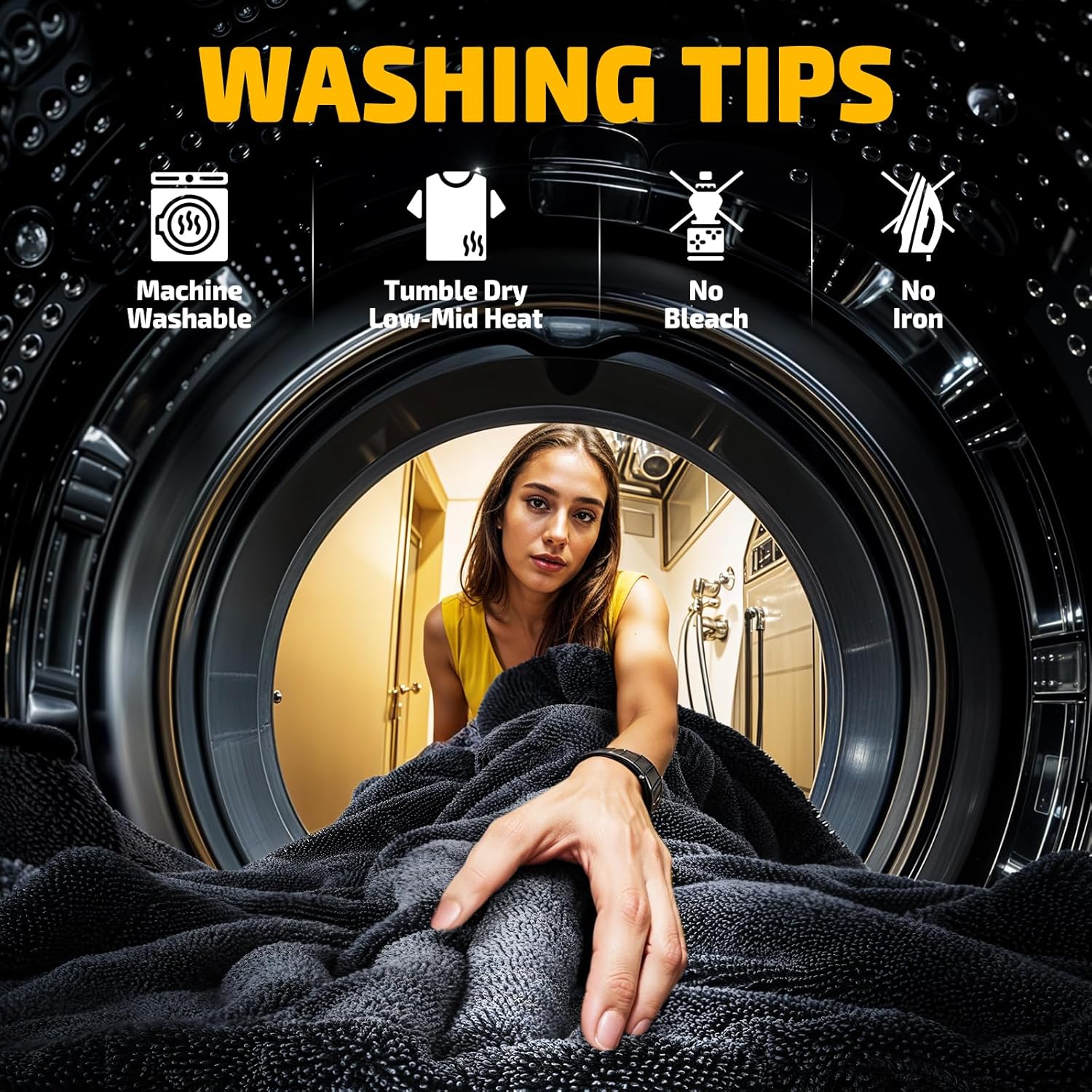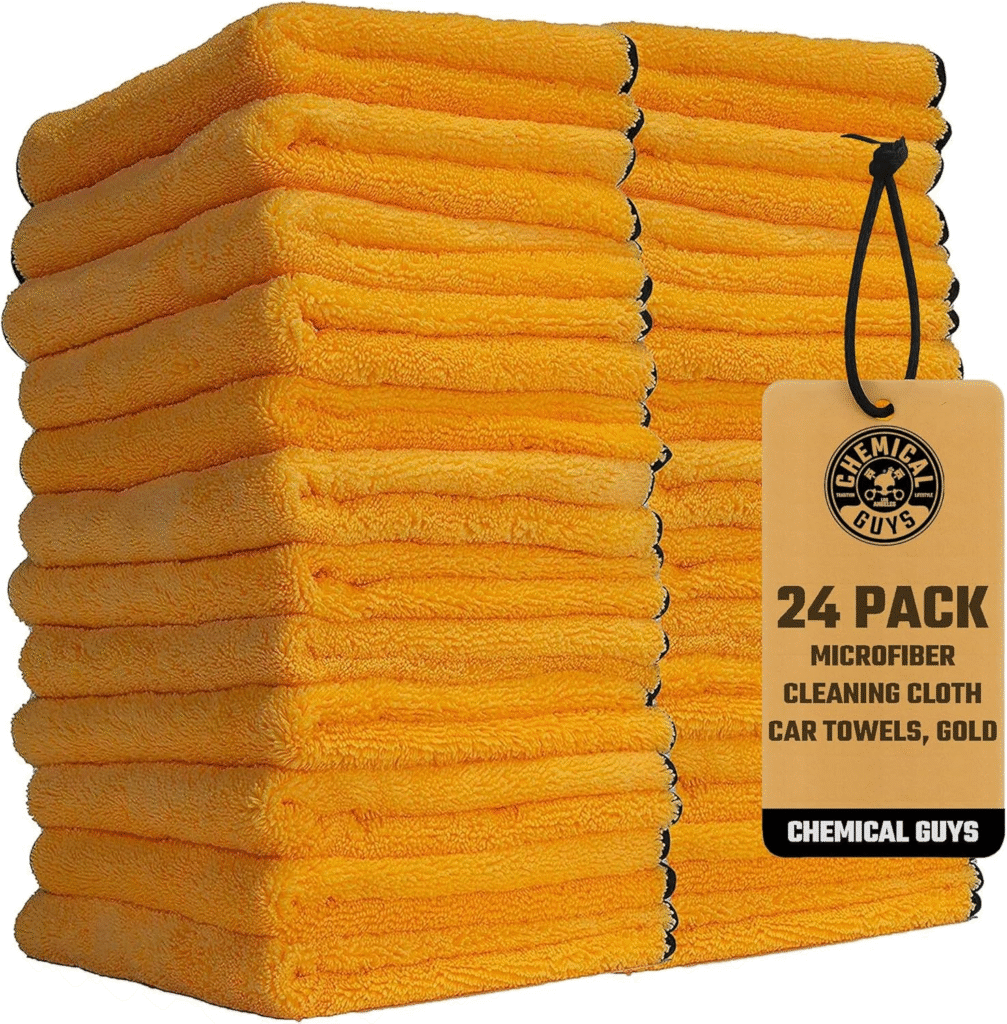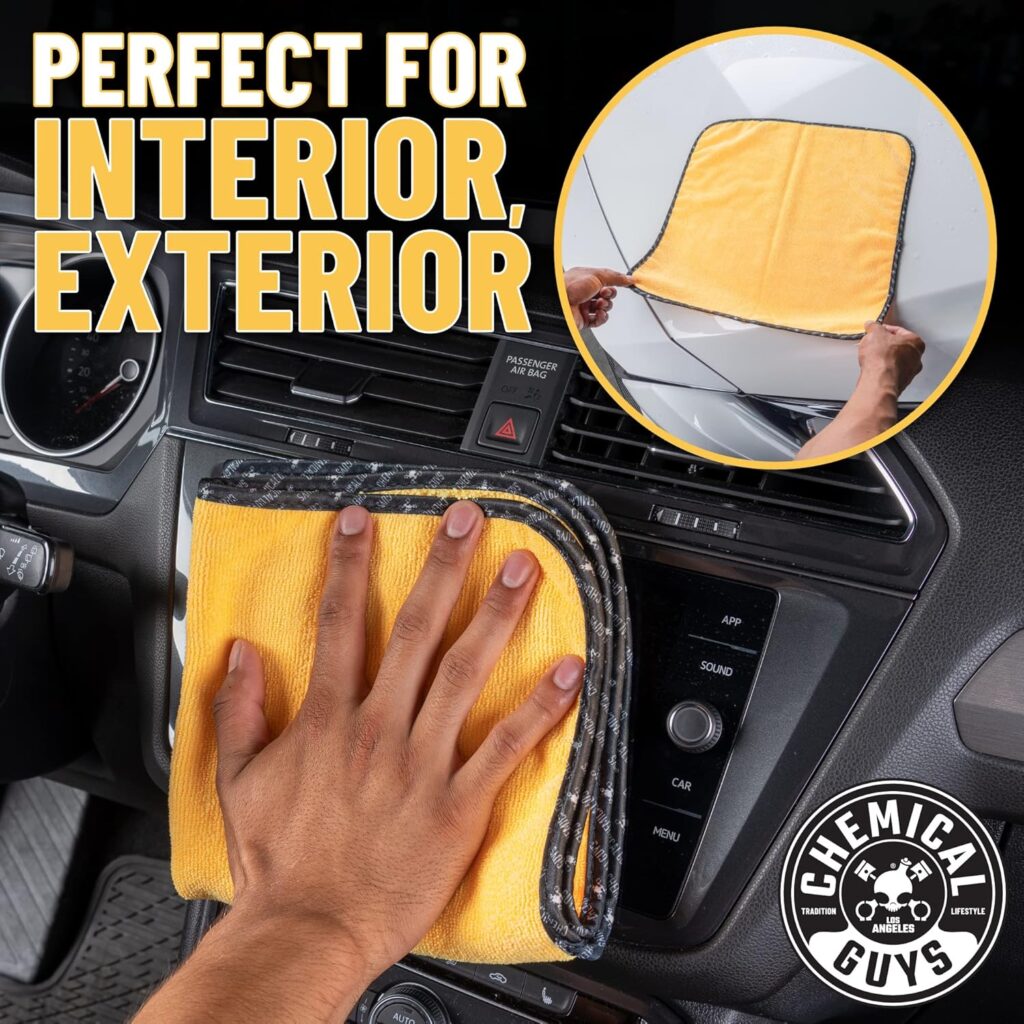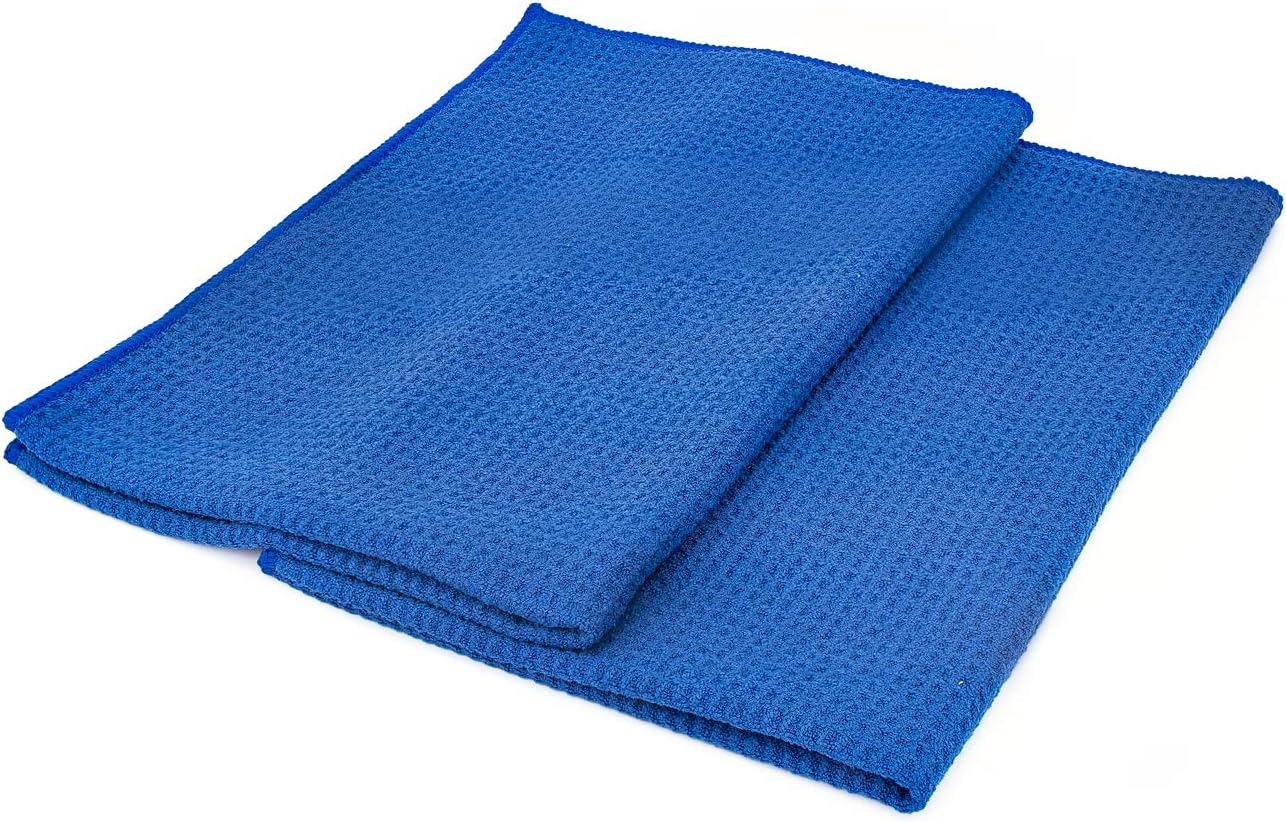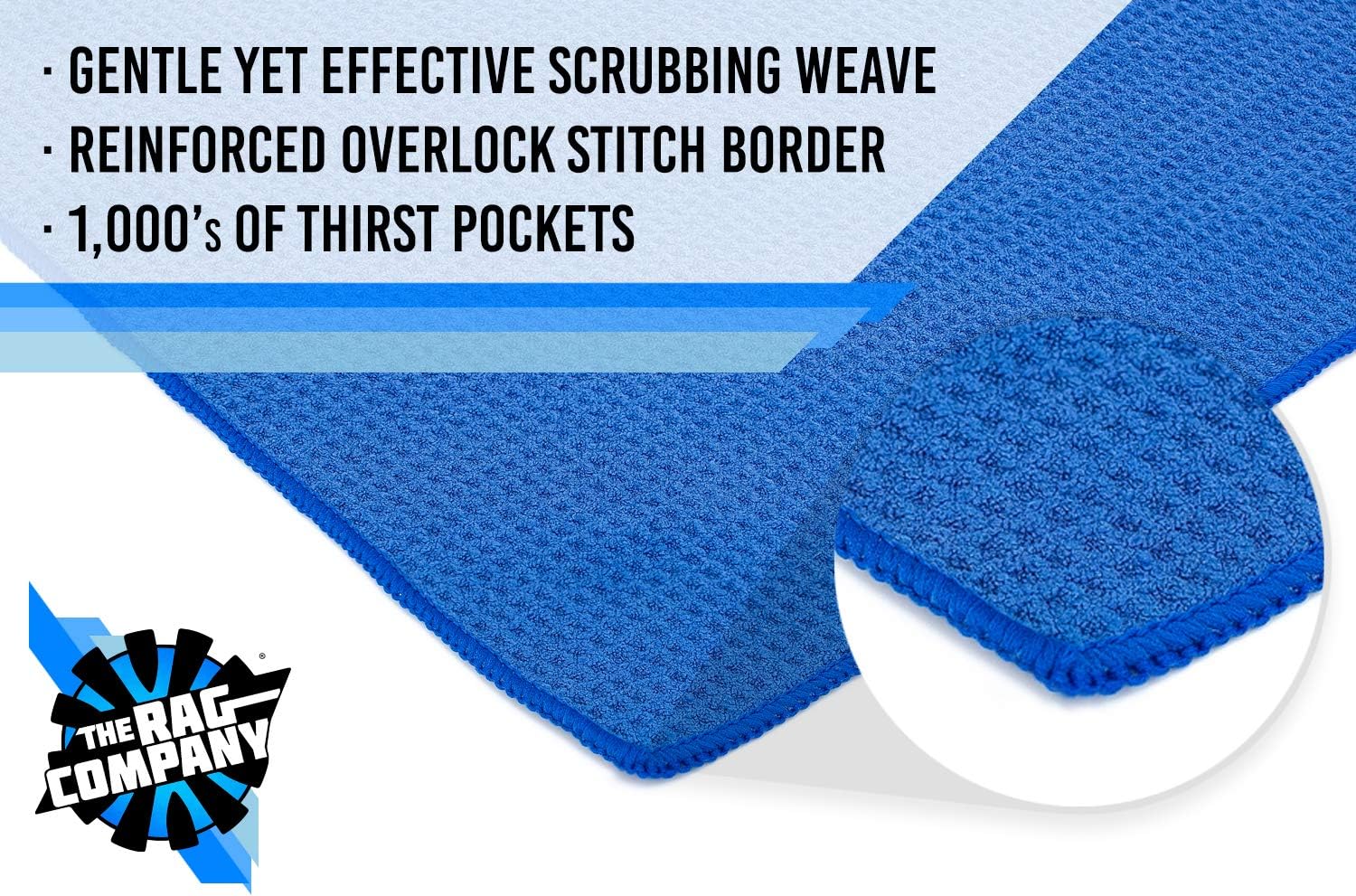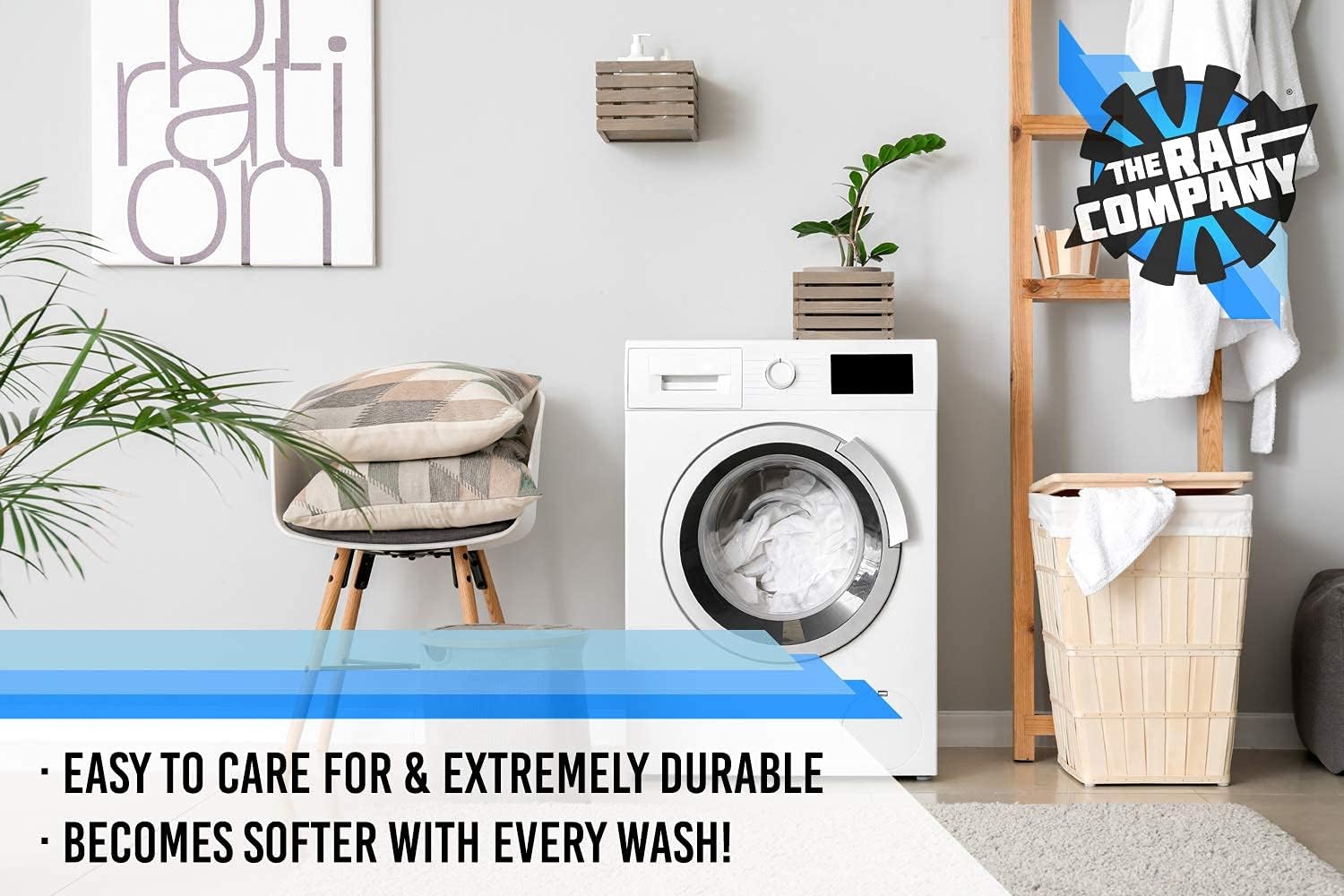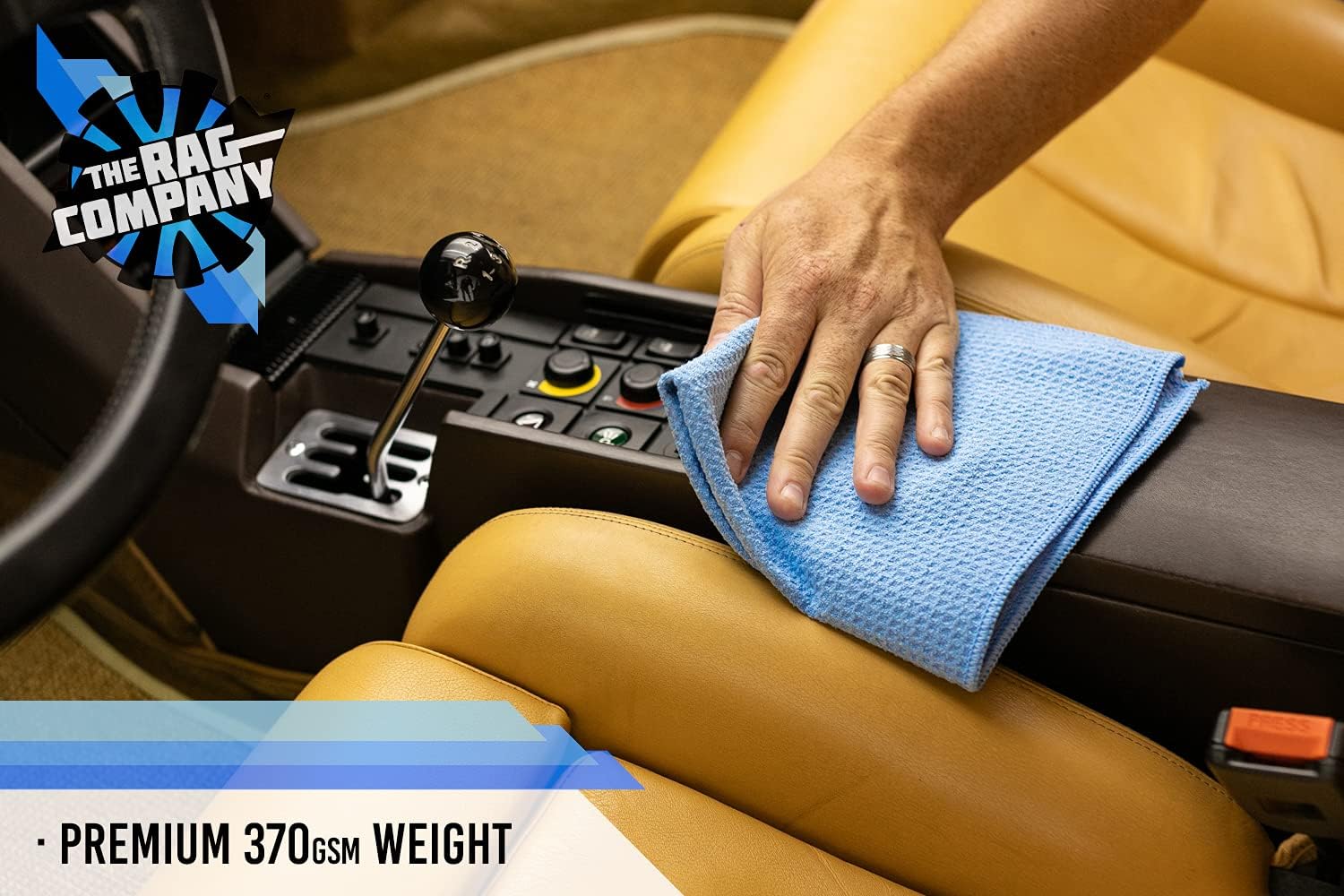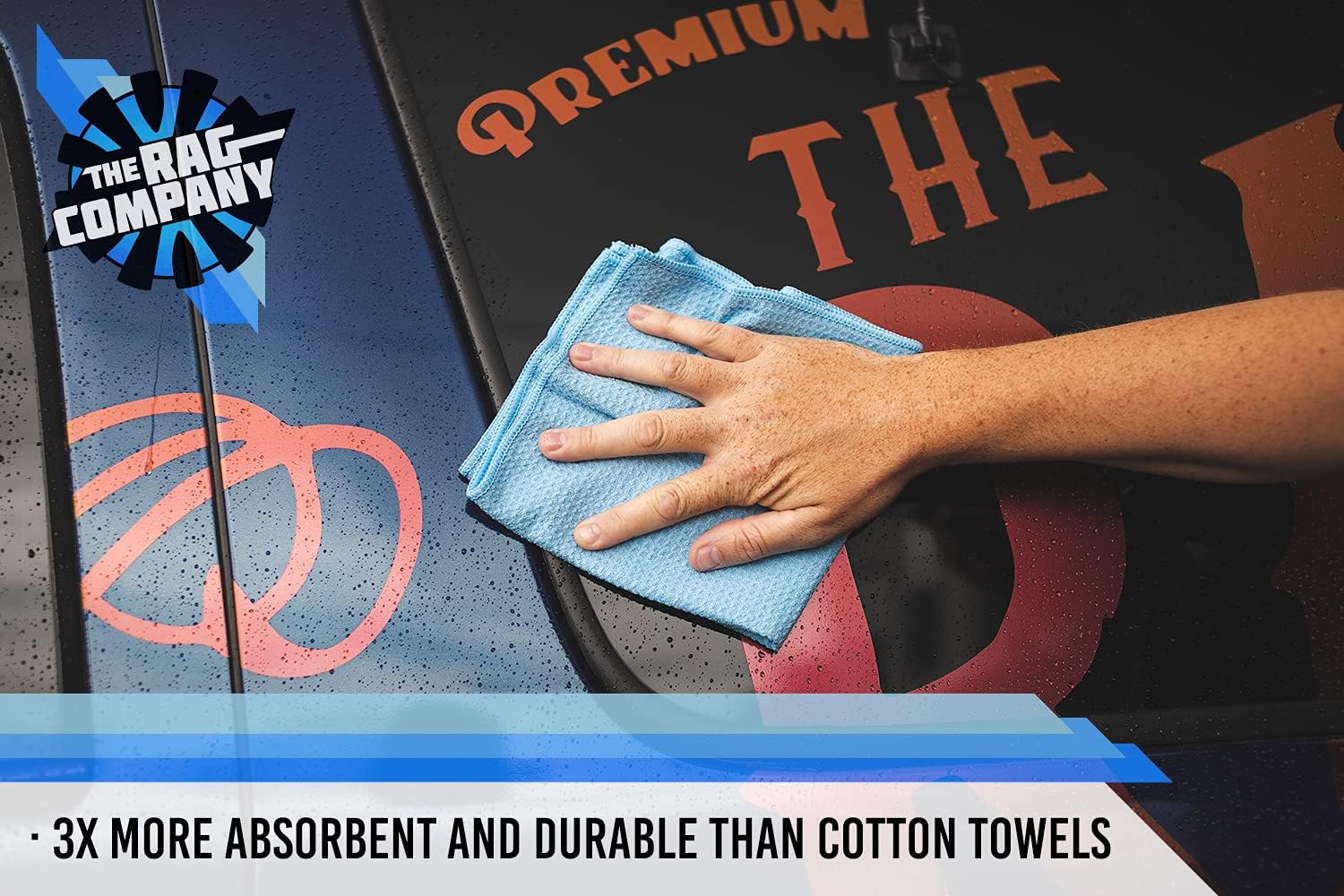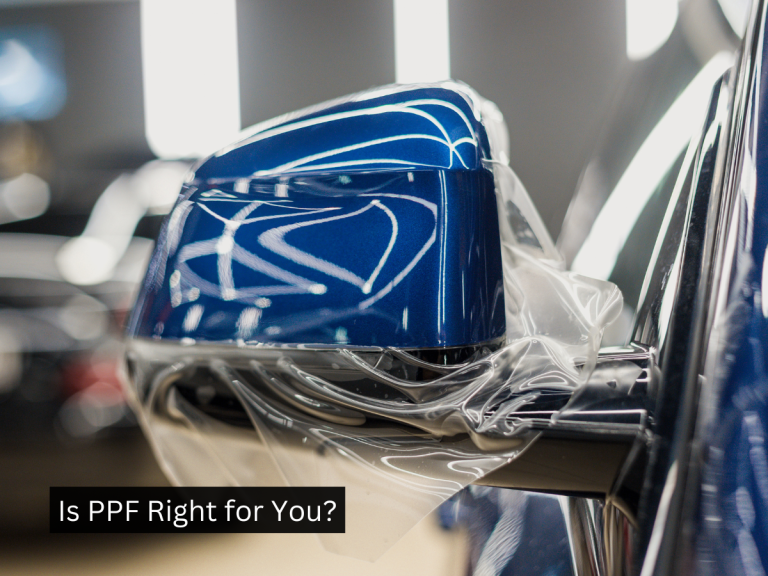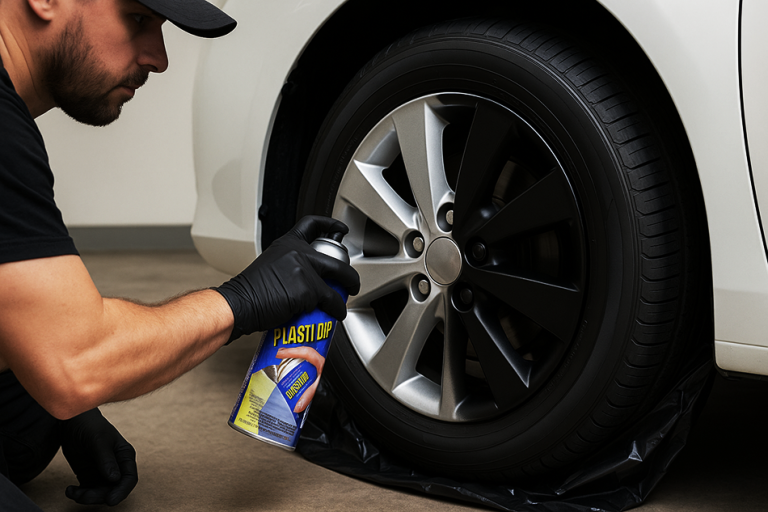The Science Behind the Best Microfiber Towels
Microfiber towels are now a must-have for professional detailers, car enthusiasts, and homeowners alike. Known for their incredible cleaning power and gentle touch, they outperform cotton rags, sponges, and paper towels in almost every situation. But microfiber is not just a modern cleaning fad.
Its development has a fascinating history, and the science behind how it works explains why it is such a powerful tool.
The History of Microfiber Towels

Early Development
Microfiber was first developed in the 1950s when textile researchers in Japan and Europe began experimenting with synthetic fibers that were thinner than silk. At the time, the fibers were difficult to produce consistently, which limited their use.
Breakthrough in the 1970s
By the 1970s, advances in textile technology allowed manufacturers to split fibers into ultra-fine strands. These split fibers could be woven into fabrics that were soft, absorbent, and lightweight.
Sweden and Japan were early adopters of microfiber cloths, promoting them as innovative cleaning tools.
Rise in Popularity
Microfiber really gained momentum in the 1990s, particularly in Europe and North America. Professional cleaners and automotive detailers quickly realized the benefits: streak-free glass, scratch-free polishing, and less reliance on chemical cleaners. From there, microfiber spread into households, gyms, and even medical facilities, thanks to its hygienic properties.
The Science Behind Microfiber Towels
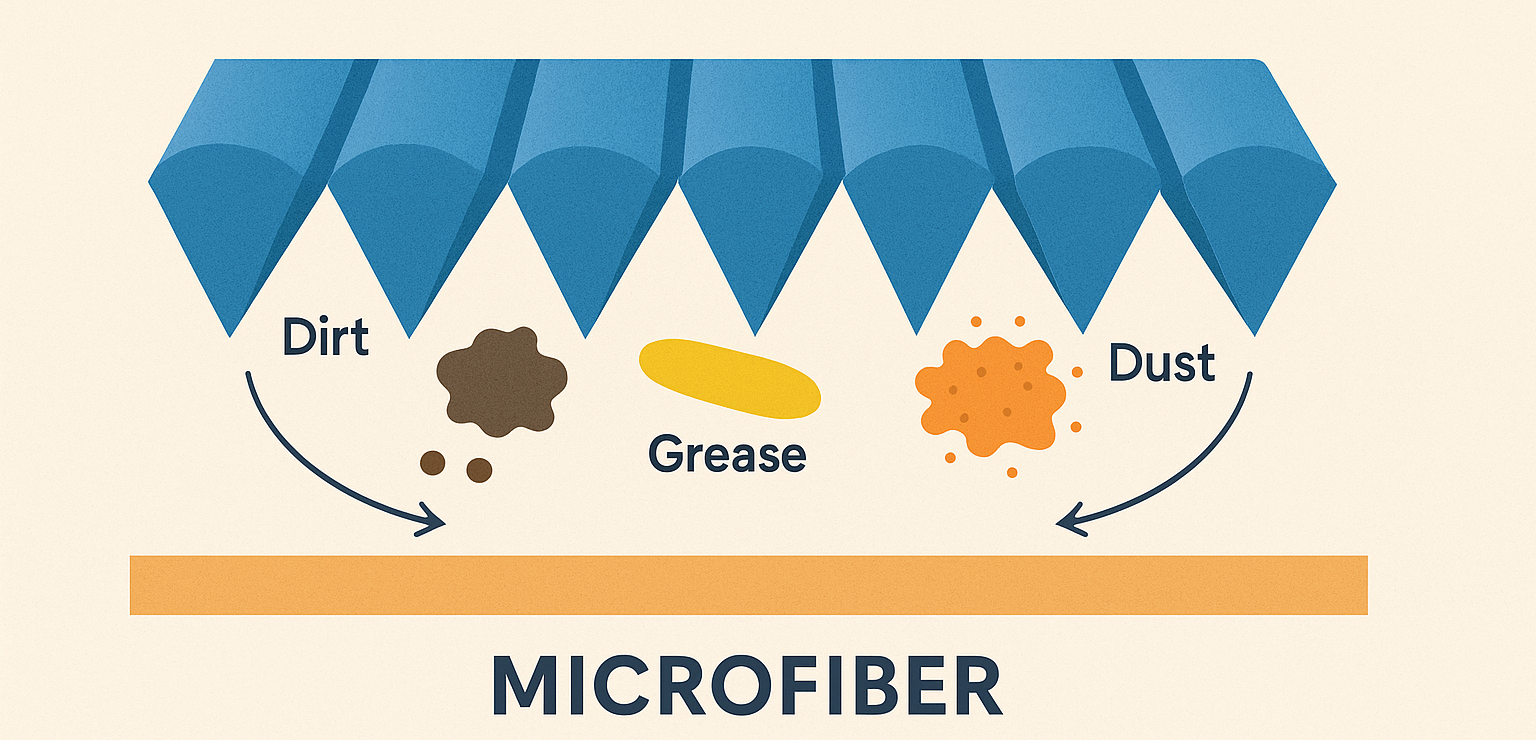
What Makes It “Micro”
Microfiber is made from polyester and polyamide (nylon). During production, these fibers are split to be extremely fine — often 100 times thinner than a human hair. This splitting process gives microfiber towels millions of individual contact points, creating a dense, soft fabric.
Wedge-Shaped Fibers That Grab Dirt
Unlike cotton, which tends to push dirt and dust around, microfiber fibers are wedge-shaped. These act like tiny hooks that catch and lift particles from the surface. Dirt, grease, and dust become trapped within the fibers rather than smeared across the surface.
Static Attraction
When used dry, microfiber develops a slight static charge. This helps attract dust and lint, almost like a magnet. That is why a microfiber towel can pick up particles that a paper towel or cotton cloth would leave behind.
Capillary Action and Absorbency
Microfiber is also known for its ability to soak up liquid. The split fibers form thousands of tiny channels that draw in and hold water through capillary action. A good microfiber towel can absorb up to seven times its own weight in liquid.
Gentle on Surfaces
Because the fibers are so small, microfiber distributes cleaning pressure evenly across the surface. This makes it much less likely to scratch paint, glass, or delicate finishes — one reason detailers trust microfiber for high-gloss car paint.
Hygienic Cleaning
Microfiber is proven to capture up to 99 percent of bacteria using just water. Its dense fiber structure traps microbes inside the cloth, reducing the need for harsh chemicals. This makes microfiber both effective and eco-friendly.
What is GSM?
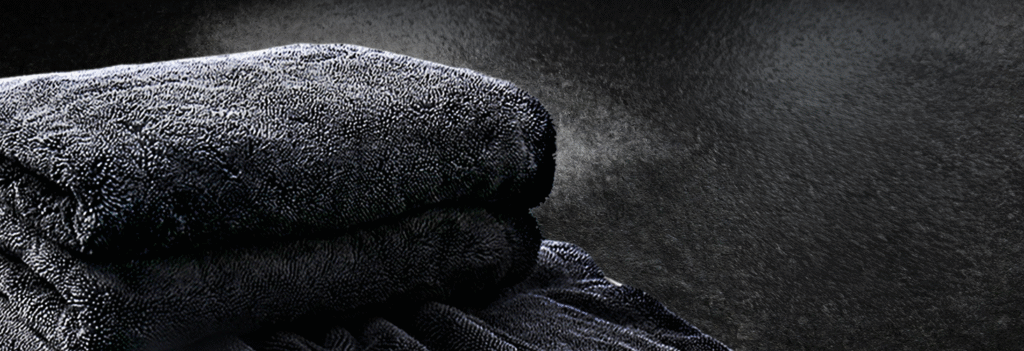
GSM stands for Grams per Square Meter and is the standard metric unit used to measure the density or weight of a fabric.
In the world of microfiber detailing, GSM indicates how much fiber is packed into a towel of a specific size. This is a direct measure of the towel's quality, thickness, softness, and absorbency.
Higher GSM towels are generally thicker and softer because of the increased material. This thickness creates a protective buffer between your hand/fingers and the car's surface.
The extra material allows the towel to lift and encapsulate dirt/debris deeper into the pile, pulling particles away from the paint instead of letting them rub against it.
| GSM Range | Typical Use in Detailing |
|---|---|
| 200 - 300 GSM | Interior cleaning, window glass, applying/removing spray detailer. |
| 350 - 450 GSM | All-purpose cleaning, removing wax or polish, buffing ceramic coatings. |
| 500 - 800 GSM | Premium towels for final buffing, paint correction wipe-down, or high-end quick detailing. |
| 800 - 1200+ GSM | Drying Towels (often "waffle-weave" or "twisted loop"), designed to maximize water absorption and minimize wringing. |
Things to Avoid With Microfiber Towels
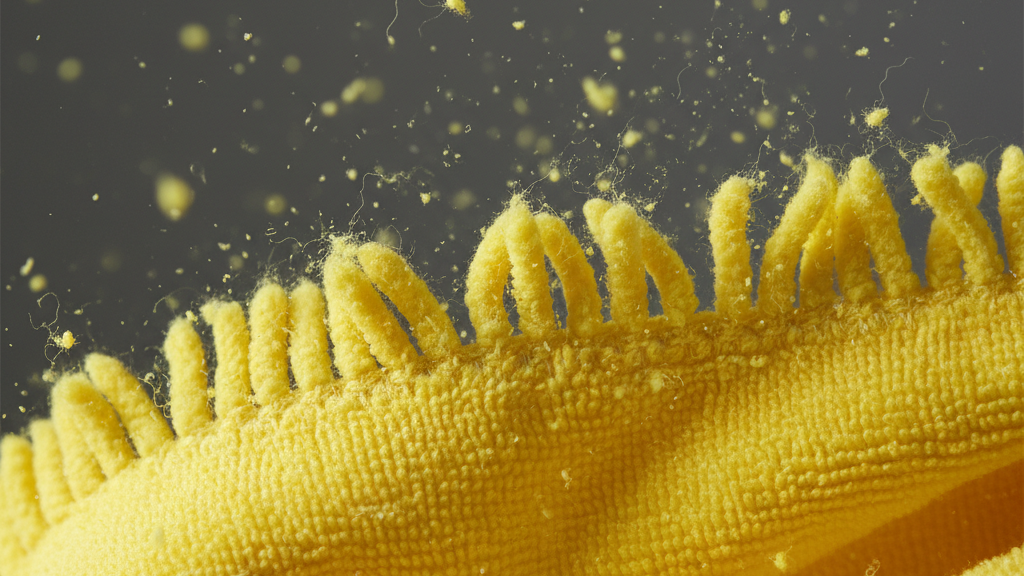
Even the best microfiber towel can cause problems if it’s not cared for properly. To get the most life and performance out of your towels, avoid these common issues:
Linting Towels Can Generate More Work
Cheap or poorly woven microfiber can shed lint, leaving small fibers behind on paint and glass. Always choose high-quality, tightly woven towels to avoid this frustration.
Steer Clear of Hard Edges or Tags
Towels with stitched seams, rough tags, or hard edges can scratch delicate surfaces. Go with edgeless microfiber or remove tags before use to keep the surface safe.
Don't Mix With Cotton
Washing microfiber with cotton towels causes lint transfer and clogs the fibers, reducing their ability to trap dirt. Wash microfiber separately to maintain its effectiveness.
Refrain From High Heat in Washer or Dryer
Excessive heat can melt or damage the synthetic fibers, making them stiff and less absorbent. Wash in cool or warm water and tumble dry on low or air dry.
Do Not Use Use Fabric Softener or Bleach
Fabric softeners coat the fibers, blocking their ability to absorb and trap dirt. Bleach weakens the fibers over time. Stick with mild, liquid detergents.
Do Not Use After Heavy Grit Without Rinsing
If a towel is loaded with grit or sand, it can act like sandpaper. Always shake or rinse towels during use to avoid dragging particles across paint.
Final Thoughts
Microfiber has come a long way since its early experiments in the 1950s. Today, it is an essential tool for cleaning professionals and everyday users who want better results with less effort. Its history shows how far textile technology has advanced, and its science explains why it works so well. From polishing a car to wiping down windows, microfiber remains one of the most effective and versatile cleaning materials ever created.
Why Microfiber Outperforms Other Materials
- Cotton: Larger fibers, less absorbent, often leaves lint.
- Paper Towels: Disposable, weak, and wasteful.
- Microfiber: Ultra-absorbent, reusable, streak-free, and safe on delicate surfaces.
5-Star Microfiber Towels on Amazon

200 GSM - The Rag Company
- 60+ Reviews / 5 STARS
- Edgeless and tagless
- Gets softer with each wash
- Easy tear-away
350 GSM - Detailers Preference
- 16+ Reviews / 5 STARS
- 16 x 16 towel delivers precision-level detailing with the absorbency and durability pros rely on
- No fray corners
- Holds up to 8 times it's weight in water
1200 GSM Drying Towels
- 651+ Reviews / 5 STARS
- Super Absorbent & Ultra-Effective: Each towel absorbs over 9 times its weight in water
- Durable and machine washable
- 2 x 36"x24" microfiber drying towels
Chemical Guys - Edgeless Towels
- 2k+ Reviews / 5 STARS
- Luxurious 2-sided pile that prevents scratches and swirls
- Soft edges so entire rag protects paint
- Perfect for final touches, buffing and wiping
370 GSM Waffle Towels
- 6.2k+ Reviews / 5 STARS
- 80/20 Blend (370gsm)
- Lint-Free, Streak-Free, Waffle-Weave, Overlock Stitched Edge
- Over 300,000 Fibers per Square Inch
- Durable and machine washable
- 16"x24"


